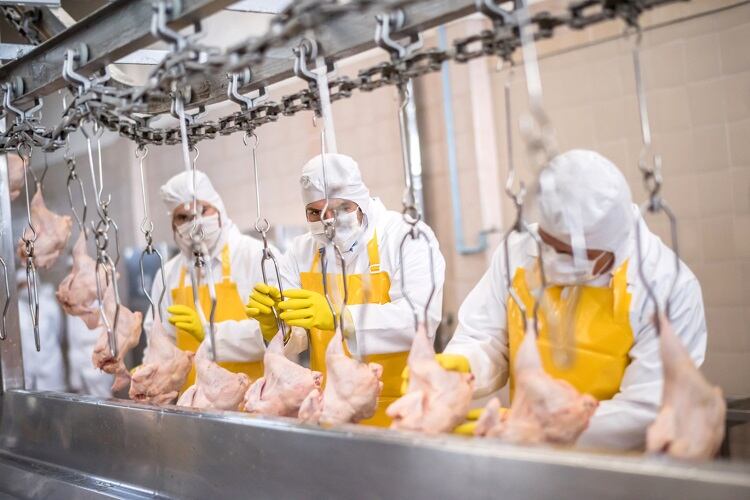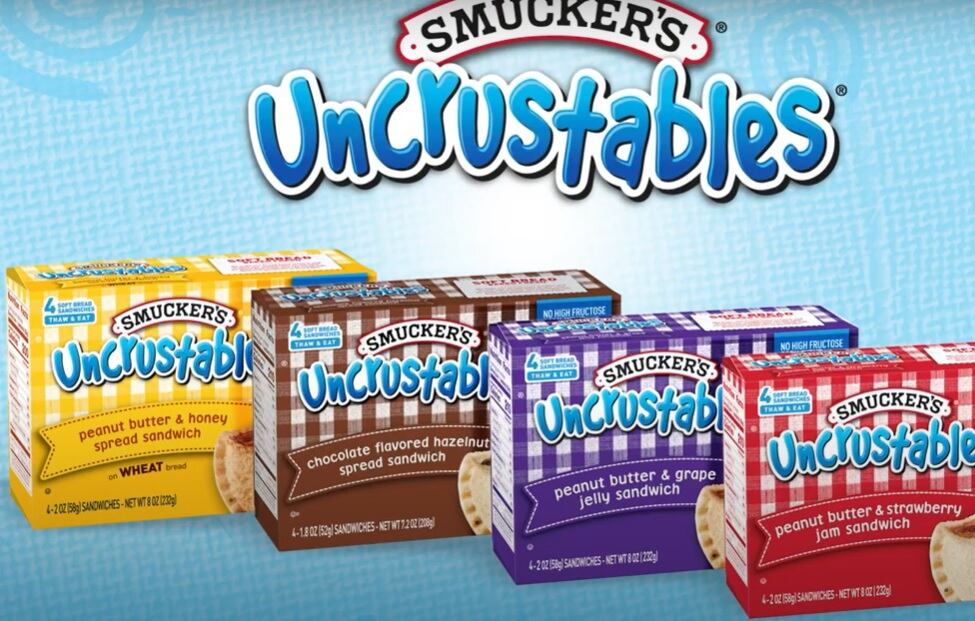“As Q3 unfolded we began to experience higher-than-anticipated inflation on protein and higher costs in the temperature-controlled transportation network, both of which are harder to offset in the short term,” Conagra CFO and executive vice president Dave Marberger told investment analysts during the company’s third quarter earnings call yesterday.
These combined with higher dairy and other transportation costs, including increases in prices for fuel and loads per temperature controlled truck, drove up total market inflation 15.4% in the third quarter over a year ago, he said.
Looking forward, Marberger said, Conagra expects inflation to increase another 16% in the fourth quarter, which is well above a previously projected increase of 11%, and brings inflation up a whopping 26% on a two-year stack, representing an additional $100 million in Q4 costs.
“I’ve been in food for a long time, and I’ve never seen anything like that. So, there is nothing normal right now,” Marberger added.
When the company started to see this wave of inflation coming, CEO Sean Connolly said, it was quick to take additional pricing, “just as we have throughout the year,” which will go into effect in Q1 of fiscal 2023 and focus on harder-hit frozen food and protein snacks.
‘Unit demand remains strong’ despite higher prices
Connolly is optimistic the next round price increases will not negatively impact business based on consumers’ response to previous price hikes by Conagra and an unexpected benefit that has just as much to do with other players also rising prices as it does Conagra taking steps to ensure its brands are on shelf and meet evolving consumer demands.
“In response to inflation-driven pricing that has been executed in the market to date, elasticities have been favorable to historical patterns, even more so than we expected. Unit demand remains strong as consumers continue to recognize the superior value that our portfolio provides,” Connoly said.
In the third quarter, Conagra raised prices in all three of its core units with prices in frozen and snacks increasing 9.9% each and staples 7%, bringing Conagra’s total price per unit up 9.4% in the quarter over the prior year and 13.8% on a two-year stack.
Despite this increase, unit sales have increased 3.1% versus two years ago, representing a slight slow down from the roughly 5% year-over-year increase in unit sales in Q3 ’21 compared to ’20, according to the company.
“This dynamic is a testament to the fact that despite the broad-based inflationary environment we’re operating in, the targeted nature of our inflation-driven pricing actions and the superior relative value of our products continue to resonate with our customers and consumers,” Connolly said.
For example, he pointed to the success of the company’s Banquet frozen food brand, which he described as a “mainstay in American households” that has “undergone considerable modernization to ensure that the brand delivers on its promise of relevant flavors, hearty portions and a great value,” he said.
The price per volume of Banquet increased 14.7% in the third quarter over the prior year but volume continued to grow 1.2% -- which is more than the 1.1% increase in volume it saw the prior year when prices increased 13.9%.
This trend held true for Conagra’s snack business as well, which grew 11% year-over-year, with strong gains in popcorn, meat snacks and hot cocoa.
Tighter margins, lower EPS but higher sales
As Conagra looks to balance higher than previously expected inflation and pricing with consumer demand, it continues to invest in the business to ensure it can deliver products consumers want in quantities customers need.
While Connolly said this is the best move for the long-term, in the short term it places pressure on the margins – prompting the company to tighten its margin expectations for the year to 14.5% -- down from the previous projection of 15.5%.
It also is lowering its adjusted earnings per share to $2.35 versus prior guidance of $2.50.
On a positive note, it is raising its organic net sales growth guidance to 4% from 3% for fiscal 2022, reflecting the company’s confidence in elasticities despite price increases and consumer loyalty. It also reflects the company’s strong Q3 sales, which increased 5.1% and organic net sales increase of 6%.




